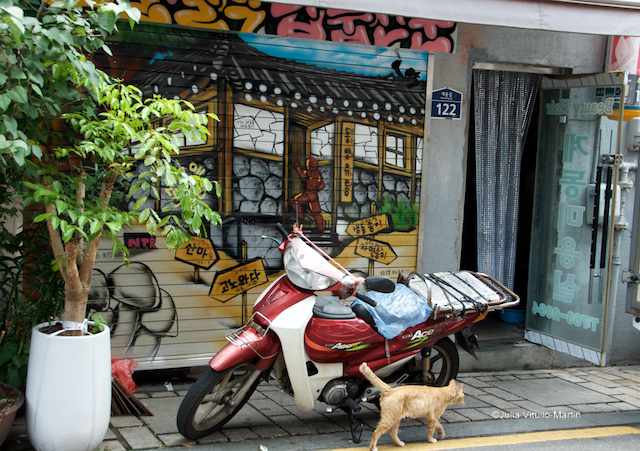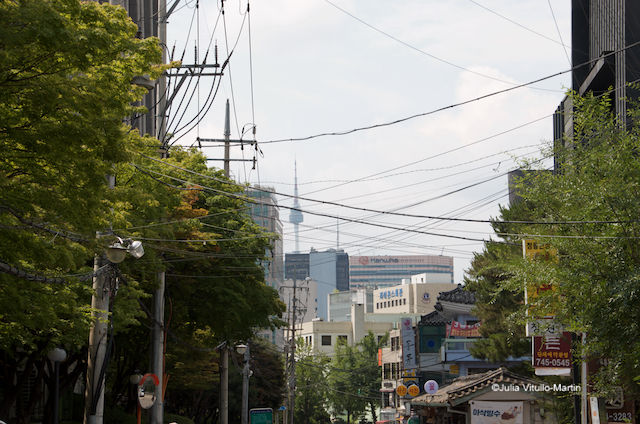
Silicon Valley isn’t the only place in the United States that could learn from Seoul (as trumpeted by the New York Times Magazine in early June). So could New York City. Seoul, South Korea, is older by centuries than New York, but it is also younger. Devastated by the Korean War in which whole neighborhoods were demolished, Seoul had to rebuild and recreate itself after the ending of the war in July 1953.
It has since grown into one of the most energetic and compelling of global cities. It is simultaneously gorgeous (sleek skyscrapers lit up nightly in dazzling colors) and ugly (blocks of monumental concrete buildings erected to military standards to withstand bombing).
It has one of the world’s largest, cleanest, and most efficient subway systems plus high-speed rail thriving beneath and alongside 8-lane roads and Southern-California-style highways. It offers every kind of shopping, from rambling all-night markets to immense, luxurious department stores. In the midst of all this dynamism and development, it is struggling to hold onto what’s left of its magnificent architectural heritage. And, of course, Korean popular culture, headquartered in Seoul, has become dominant in many Asian markets, challenging Hollywood and New York in music, film, and television.
Here’s a photographic essay on a few of the things Seoul does well, and in its own special way.
1. Do high-low development whenever possible






